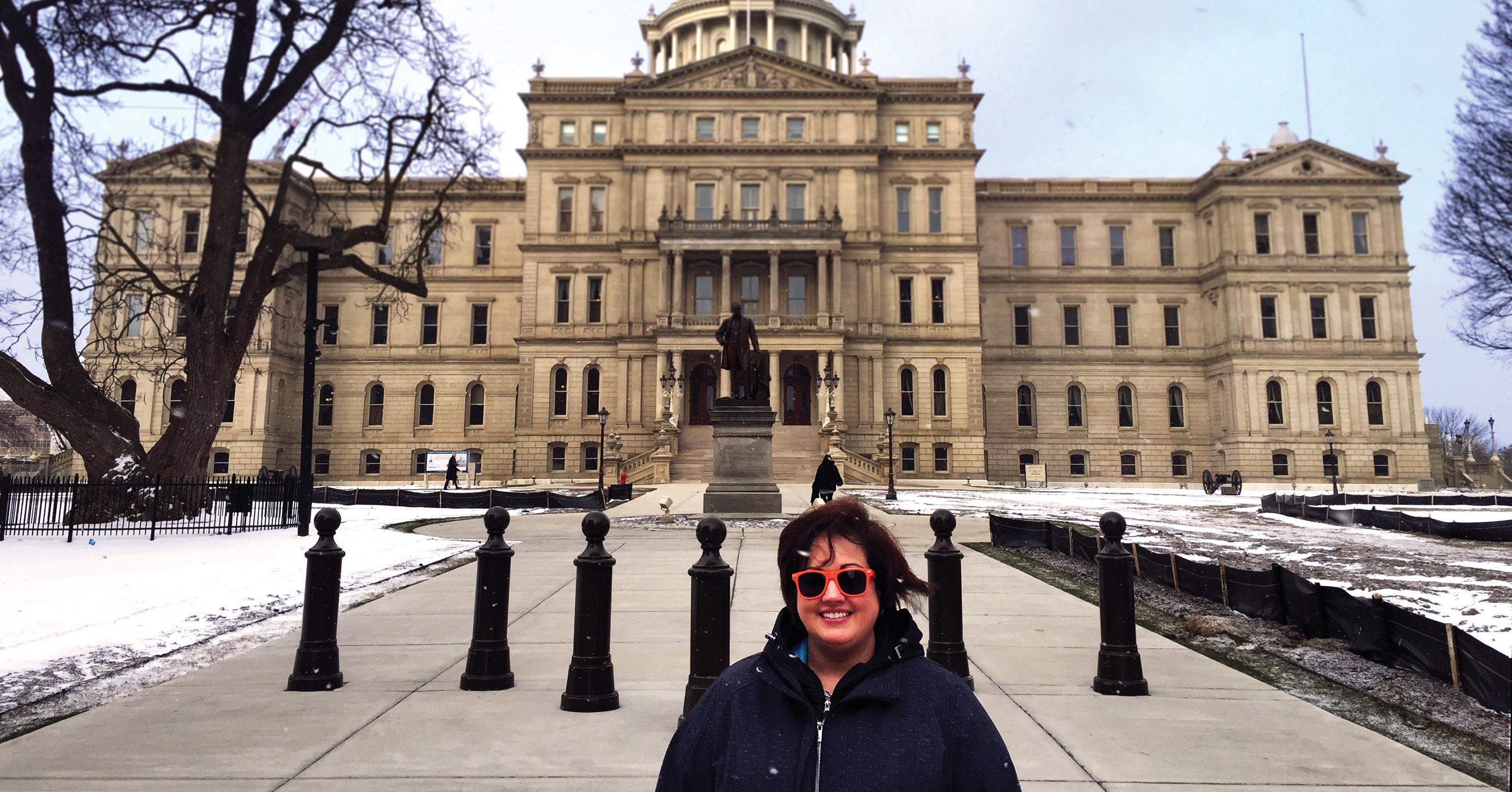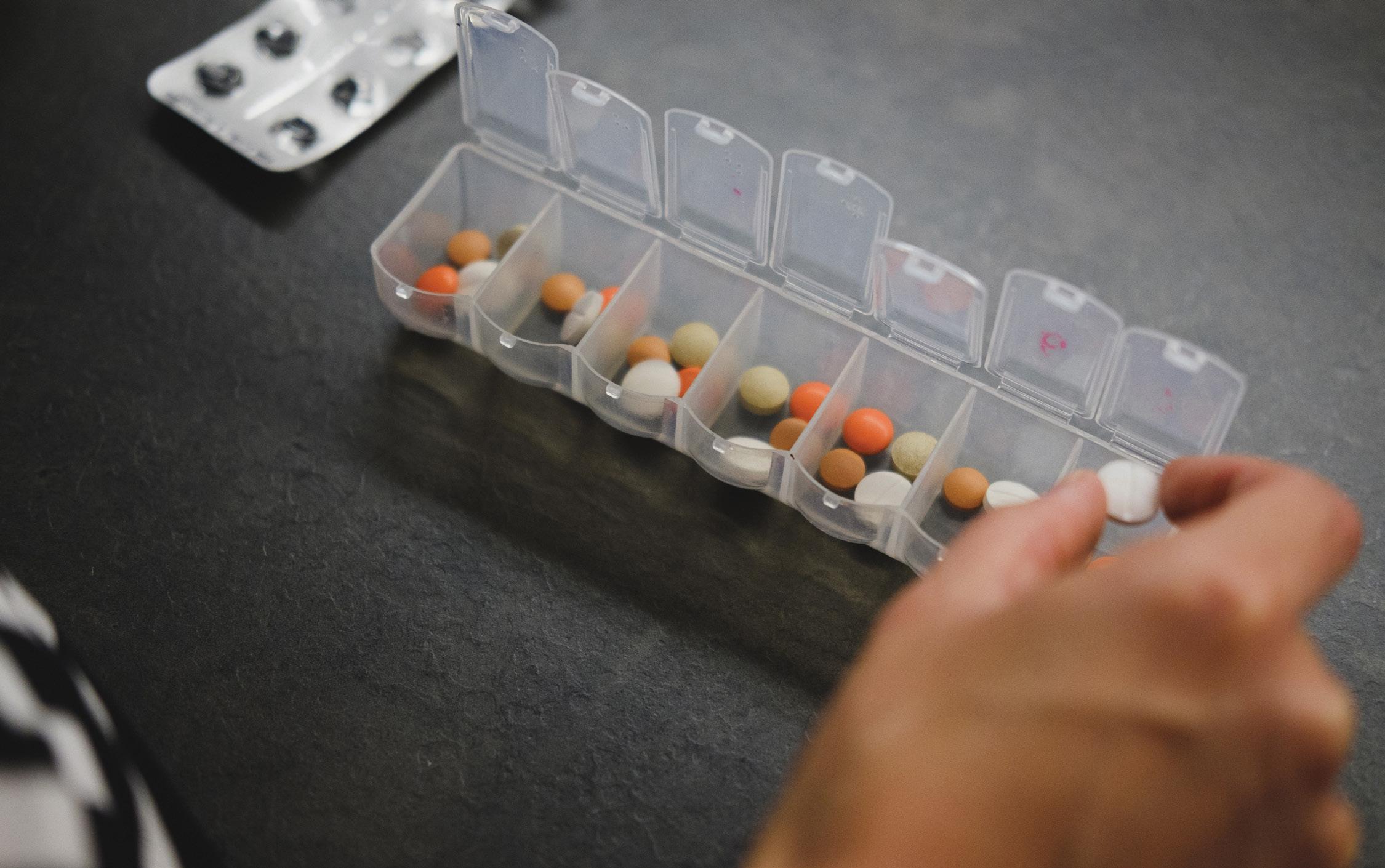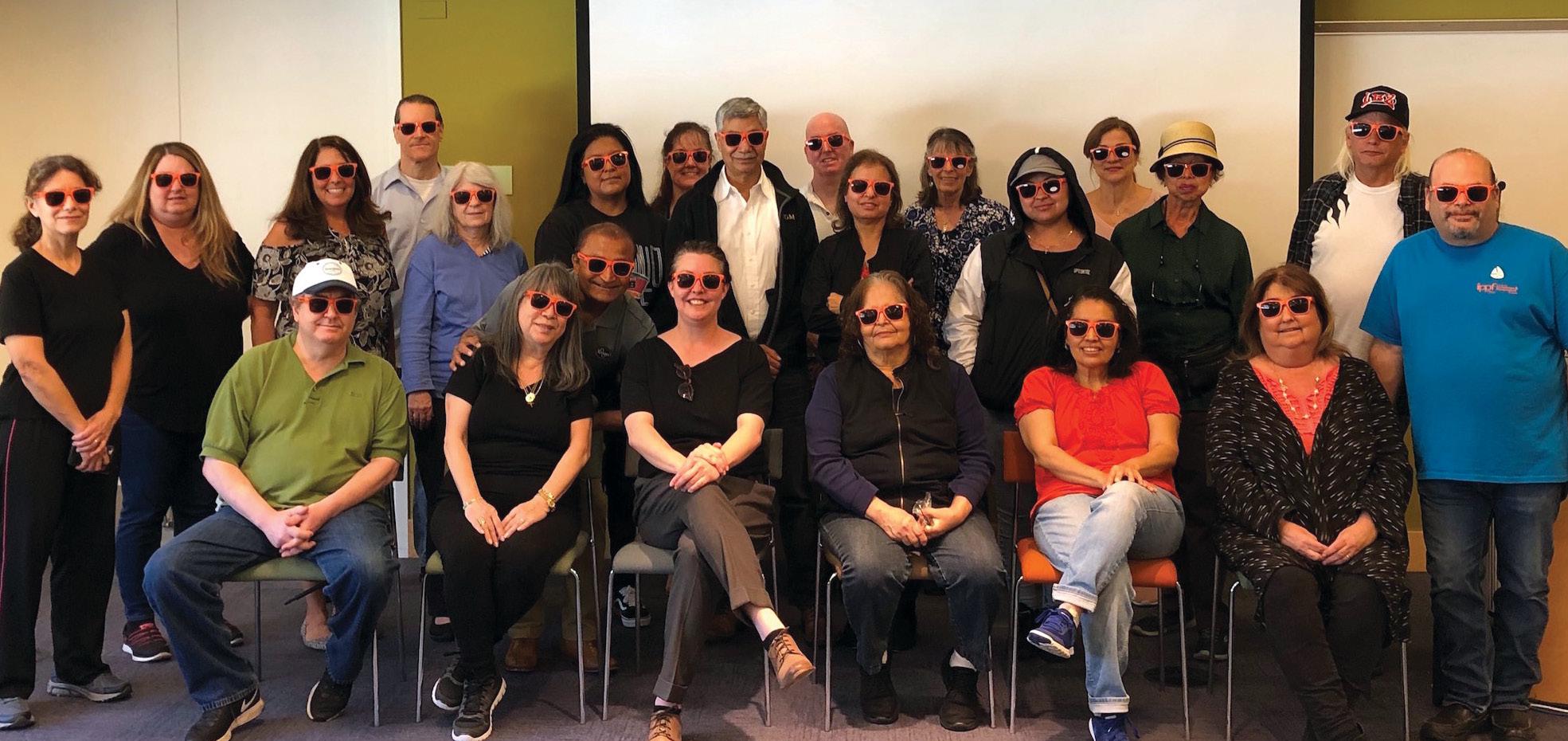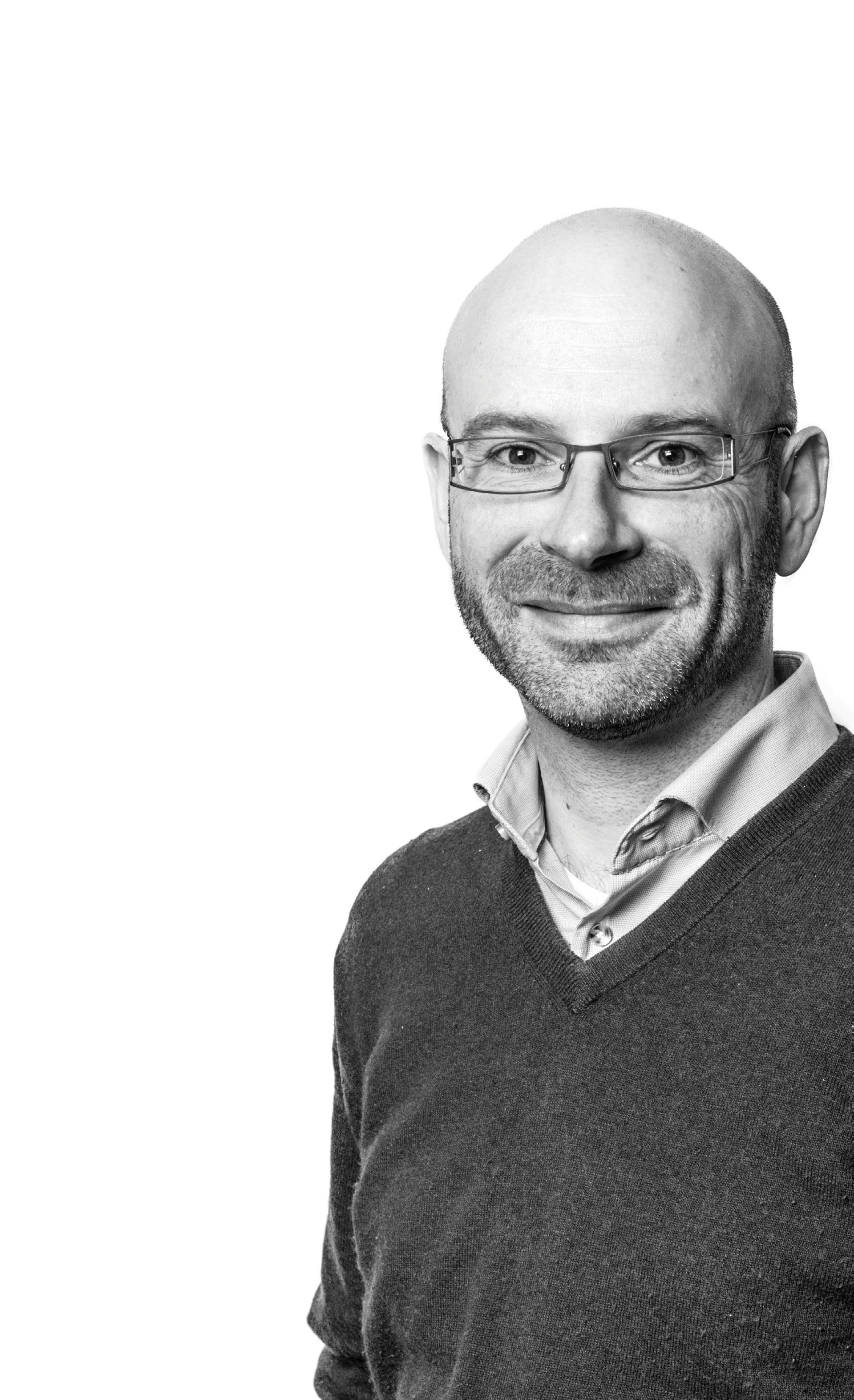
3 minute read
Perfect Complements: COMBINING THE PHYSICIAN’S PERSPECTIVE WITH PATIENT EXPERIENCE AT AMERICAN ACADEMY OF DERMATOLOGY MEETINGS
Donna Culton, MD, PhD
As a dermatologist who specializes in treating patients with pemphigus and pemphigoid (P/P), I am humbled every day by how challenging these diseases can be—not only for the patients that suffer from them, but also for the physicians who treat them. I am fortunate to have had excellent training and mentorship from Dr. Luis Diaz, one of the world’s experts in autoimmune blistering diseases. I have also had the privilege to connect with other P/P experts with whom I can share difficult cases. In my own specialty clinic, I see numerous P/P patients and continue to learn from every patient. As with most things in life, the more I see, the more I learn.
Advertisement
Several years ago, I began to share what I have learned about the diagnosis and treatment of P/P with other dermatologists by giving educational lectures at regional and national meetings. Due to the rare nature of these diseases, most dermatologists may only encounter a handful of P/P patients in their entire career. I am well aware that these dermatologists are the “front line” and have the incredibly difficult task of confirming the diagnosis for these rare conditions that they may not have seen since their residency training. For five years now, I have led a session titled, “Pemphigus and Pemphigoid: Evidenced-Based Updates” at the American Academy of Dermatology (AAD) meeting. The annual AAD meeting attracts over 18,000 international attendees each year and offers over 200 sessions for dermatologists to learn from their colleagues. I developed my session specifically for dermatologists in busy practices with the goal of passing along practical tips for effectively diagnosing and treating P/P. The first year, my focus session fell on a Sunday morning at 7:00. I fully expected to give my talk to one or two individuals. To my surprise, the room was nearly full. As it turns out, treating P/P patients is so challenging, it motivated dermatologists to wake up bright and early just to learn more.
Three years ago, I was approached by the AAD Patient Advocacy Task Force about the possibility of having a patient as part of the session. This novel idea was meant to bring the patient experience to life for attendees, thereby highlighting the importance of early diagnosis and proper treatment. What better patient to share their story than one of the IPPF’s own, Outreach Director and pemphigus vulgaris (PV) patient, Becky Strong? Becky’s story is like that of many P/P patients—a story of multiple doctors, many months of suffering, and great desperation before a diagnosis was ultimately made and treatment was begun. Becky’s story has had a profound impact on the physicians who have heard it, with session attendees finding it to be powerful and a helpful way to better understand what it is like to be a patient struggling with these diseases. Becky’s participation in these sessions has also allowed for hundreds of dermatologists to learn more about the IPPF and the resources it provides to both patients and physicians.
I am pleased to say that our session has grown each year. It is now a forum with an expanded time allotment and additional expert physician speakers. As our session grows, we continue to raise awareness and knowledge of P/P within the dermatology community. We cover a lot of information in our session; however, if attendees only remember one thing, I want it to be the profound impact they can make on one patient’s life and the integral role the IPPF plays in uniting and supporting patients and physicians.
Donna Culton, MD, PhD, is an Associate Professor of Dermatology at the University of North Carolina, Chapel Hill, and the Director of the Clinical Immunofluorescence Laboratory at UNC. She sees pemphigus and pemphigoid patients from North Carolina and neighboring states in her specialty autoimmune clinic.









